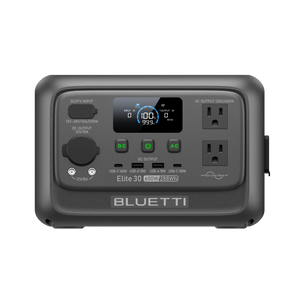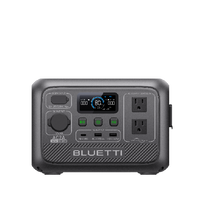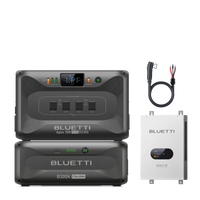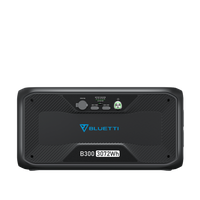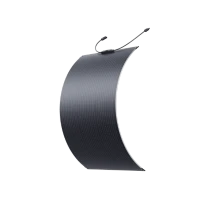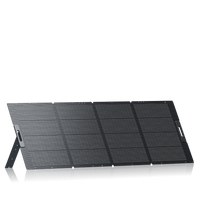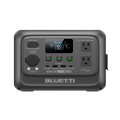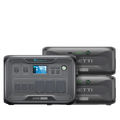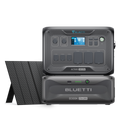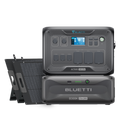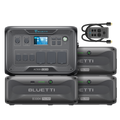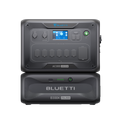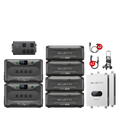Your cart is empty
Shop our productsThe increasing popularity of renewable energy sources reflects the world's desire to shift away from fossil fuels and mitigate greenhouse gas emissions.
In the United States, there are many examples of renewable energy sources that are being used to generate electricity, heat homes, and power transportation.
This article will examine several prevalent renewable energy sources in the United States.
Examples of renewable energy in the United States
Solar Energy

One of the most favored renewable energy types in the United States is solar energy.
This technology uses photovoltaic (PV) panels to convert sunlight into electricity.
The use of solar energy has increased dramatically in recent years due to the falling cost of PV panels and tax incentives offered by the federal government.
Many homes and businesses across the country now use solar panels to generate electricity, and large-scale solar farms are also being built to supply power to the grid.
Wind Energy
:max_bytes(150000):strip_icc()/GettyImages-1125840430-bf13b02eb10c4e799a323c7a692308eb.jpg)
Wind energy is another popular renewable energy source in the United States.
Wind turbines produce electricity by utilizing the force of wind to rotate a turbine, which then produces electrical energy.
The availability of wind energy is widespread in numerous regions of the country, particularly in the Midwest and West, and has experienced substantial growth in recent times.
Large wind farms are now common, and many states have set renewable energy targets that include significant amounts of wind power.
Hydroelectric Power

The production of hydroelectric power involves capturing the energy from flowing water.
Hydroelectric power plants use turbines to convert the kinetic energy of flowing water into electricity.
This technology has been used for many decades and is a significant source of renewable energy in the United States.
Hydroelectric power plants are typically located on large rivers or near dams, and many older plants are being retrofitted with modern equipment to increase their efficiency and capacity.
Geothermal Energy

Geothermal energy is created by extracting the natural heat from the Earth's interior.
This technology uses underground heat to generate electricity, heat buildings, and provide hot water.
Geothermal energy is particularly abundant in the western United States, and many geothermal power plants have been built in California, Nevada, and Oregon.
Biomass Energy

Biomass energy is produced by the combustion of organic materials, including wood chips, agricultural waste, and various forms of plant matter.
This technology is commonly used in rural areas where wood and other organic material is abundant.
Biomass energy is a relatively low-cost renewable energy source, but it is not as clean as other forms of renewable energy and can emit pollutants when burned.
Tidal Energy
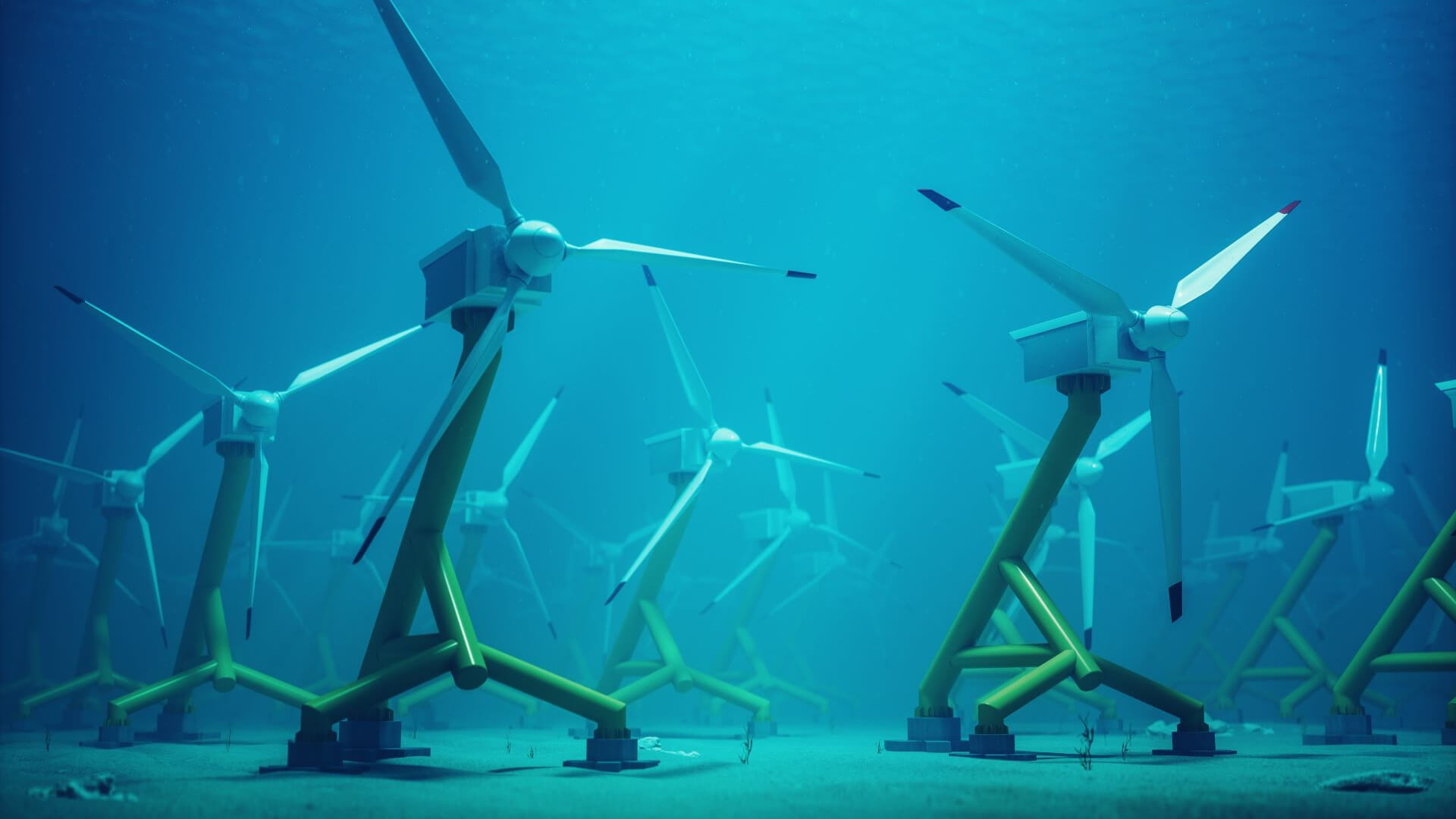
Tidal energy is generated by harnessing the power of ocean tides.
This technology uses underwater turbines to generate electricity as the tides move in and out.
Tidal energy is still in the experimental stage in the United States, but there are a few small projects underway in places like Maine and Washington.
Solar Thermal Energy
Solar thermal energy involves utilizing mirrors to concentrate sunlight onto a receiver, which heats a fluid that is utilized to produce electricity.
This technology is similar to solar PV, but it is used to generate electricity on a larger scale.
Solar thermal power plants have been built in California and other southwestern states, where there is an abundance of sunlight.
Which renewable energy has the most potential in the United States?
While there is no consensus on the renewable energy source with the most potential in the United States, solar and wind energy are two of the most rapidly expanding and promising sources.
The U.S. Department of Energy speculates that solar energy has the potential to generate over 100 times the country's current electricity consumption, while wind energy could provide up to 10 times the nation's current electricity needs.
Although geothermal and hydropower are also significant sources of renewable energy, they may be more location-specific and have limited availability in some areas.
Ultimately, a combination of various renewable energy sources will likely be essential in achieving a sustainable and clean energy future for the United States.
Final thoughts
In conclusion, renewable energy sources are becoming increasingly important in the United States as the country seeks to reduce greenhouse gas emissions and move away from fossil fuels.
Solar energy, wind energy, hydroelectric power, geothermal energy, biomass energy, tidal energy, and solar thermal energy are all examples of renewable energy sources that are being used to generate electricity, heat homes, and power transportation.
Each of these technologies has its strengths and weaknesses, and different regions of the country may be better suited for certain types of renewable energy.
However, by using a combination of these technologies, the United States can significantly reduce its dependence on fossil fuels.
Shop products from this article
Be the First to Know
You May Also Like

Deadly Flooding Devastates U.S. South and Midwest — What You Need to Know

BLUETTI Teams Up with Leave No Trace to Power Sustainable Outdoor Adventures

